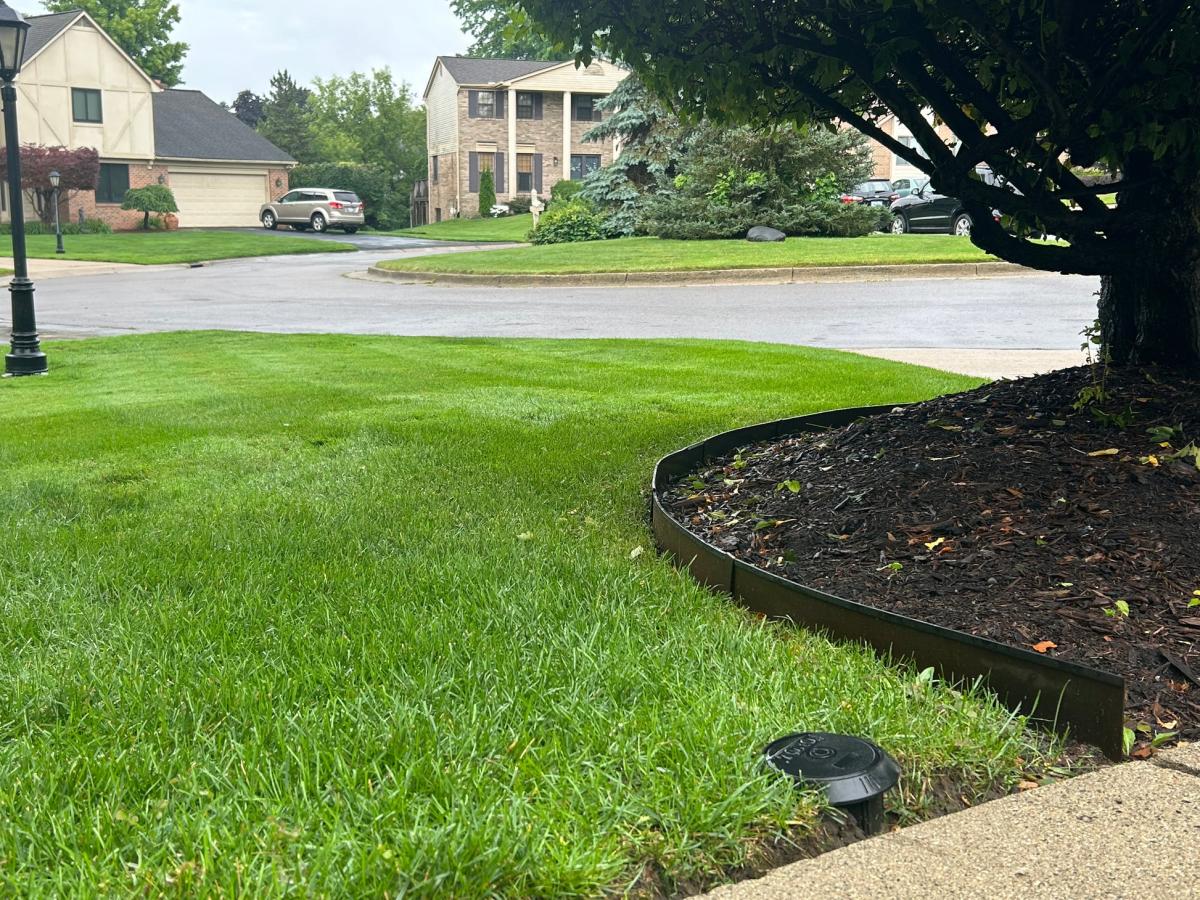Metal Garden Edging Myths & Misconceptions

Metal garden edging has become one of the most popular choices for landscapers and homeowners seeking durability, modern aesthetics, and easy installation. Yet, despite its growing popularity, several myths and misconceptions continue to circulate metal edging for garden beds about its practicality and performance. Let’s separate fact from fiction and clear up the most common misunderstandings surrounding metal garden edging.
Myth 1: Metal Edging Rusts Easily
One of the biggest misconceptions is that all metal garden edging rusts quickly when exposed to the elements. In reality, the type of metal determines its resistance to corrosion.
Corten steel, for instance, develops a protective patina that prevents deeper rusting and gives it a beautiful, rustic look.
Galvanized steel is coated with zinc, providing strong protection against rust even in damp or coastal environments.
With proper material selection, metal edging can last decades with minimal maintenance.
Myth 2: It’s Too Expensive
While the upfront cost of metal edging may be higher than plastic or timber options, it’s a long-term investment. Metal edging lasts significantly longer, requires almost no maintenance, and doesn’t rot, crack, or shift over time. When factoring in replacement costs and labor, metal edging often proves more cost-effective in the long run.
Myth 3: Metal Edging is Difficult to Install
Many believe that metal edging requires professional installation or specialized tools. In fact, modern metal edging systems are designed for DIY-friendly setup. Most come with pre-formed connectors, anchor stakes, and flexible panels that can bend to fit curves or corners. Installation typically involves simply setting the edging into a shallow trench and securing it with stakes.
Myth 4: It Doesn’t Suit Natural Landscapes
Some gardeners think metal edging only fits minimalist or industrial-style gardens. However, metal edging complements a wide range of designs—from rustic to contemporary. Corten steel, in particular, pairs beautifully with natural materials like stone, wood, and greenery, creating organic yet refined transitions in the landscape.
Myth 5: Metal Edging Can Be Dangerous
Concerns about sharp edges are understandable, but most reputable manufacturers design metal edging with rolled tops or safety edges to eliminate this risk. Properly installed edging is safe to walk near and handle, making it suitable for both residential and public spaces.
Myth 6: It Gets Too Hot in the Sun
While metal can absorb heat, garden edging is typically narrow and low-profile, meaning it dissipates heat quickly. It doesn’t retain enough warmth to harm nearby plants or pose any danger when touched.
Conclusion
Metal garden edging is a durable, stylish, and low-maintenance solution for defining garden beds, pathways, and lawns. The myths surrounding it often come from outdated experiences or misconceptions about older materials. By understanding the truth, homeowners and landscapers can confidently choose metal edging as a long-lasting, visually appealing addition to any outdoor space.